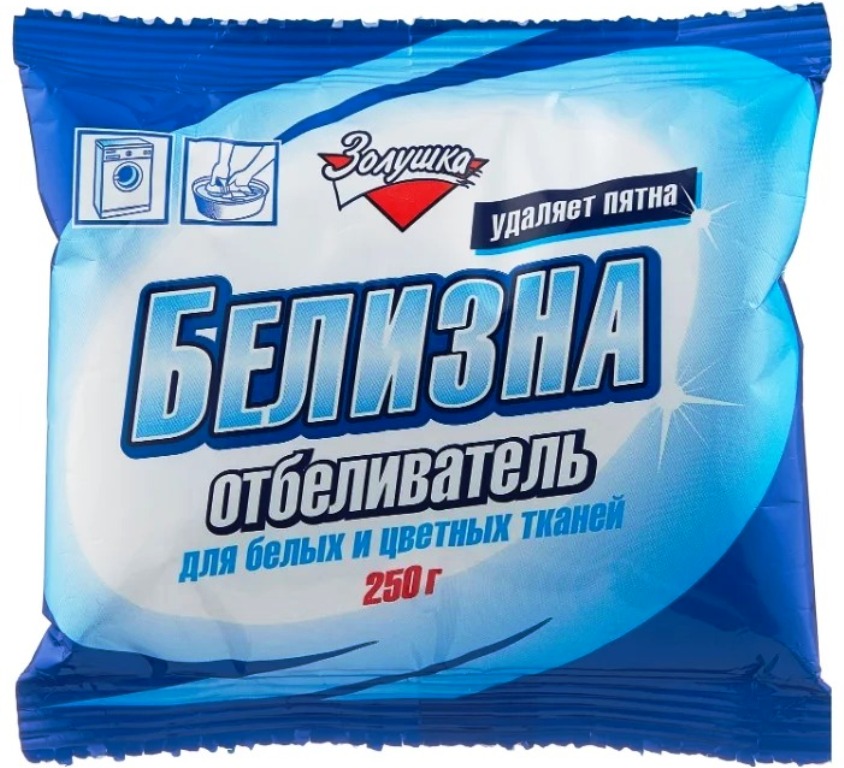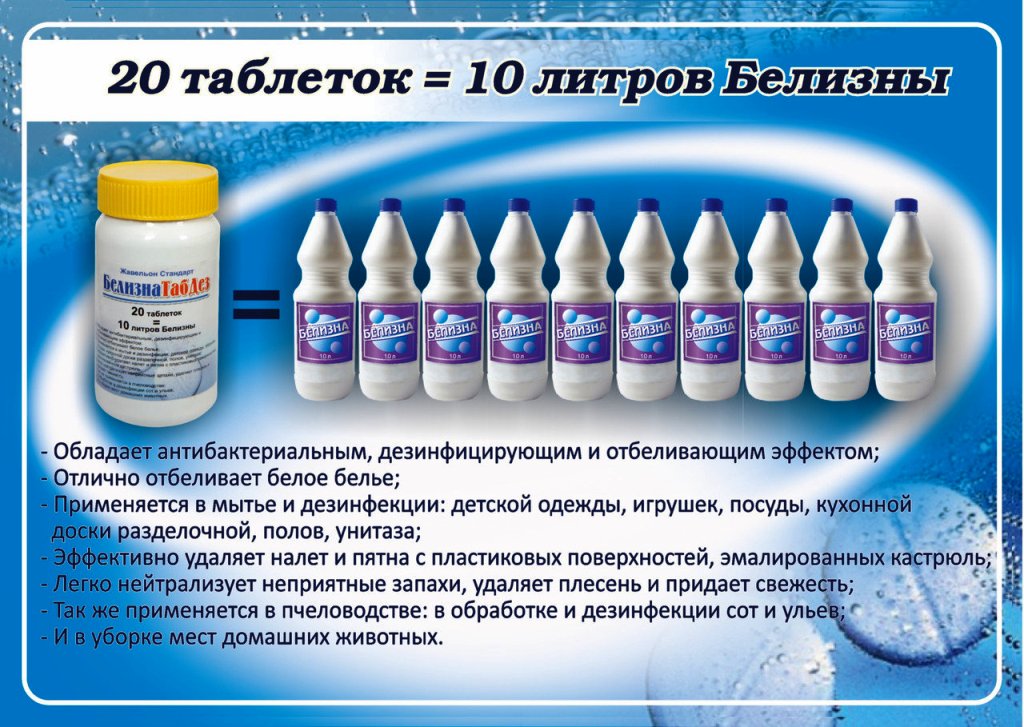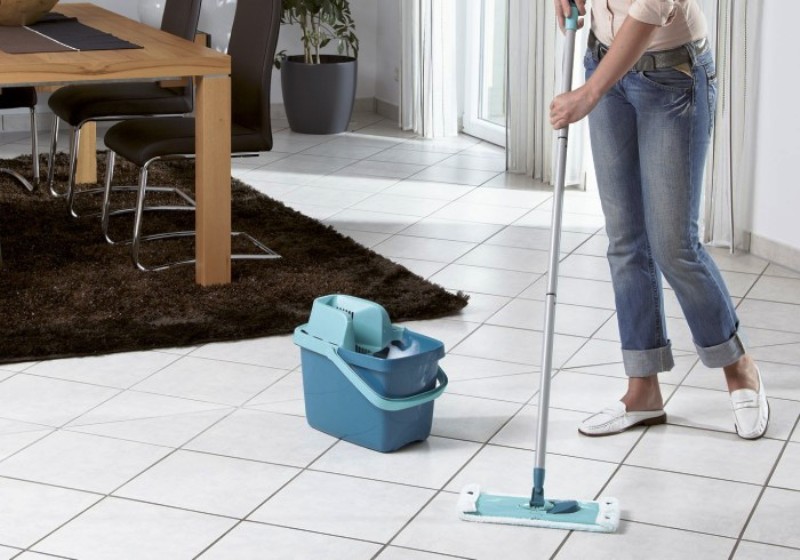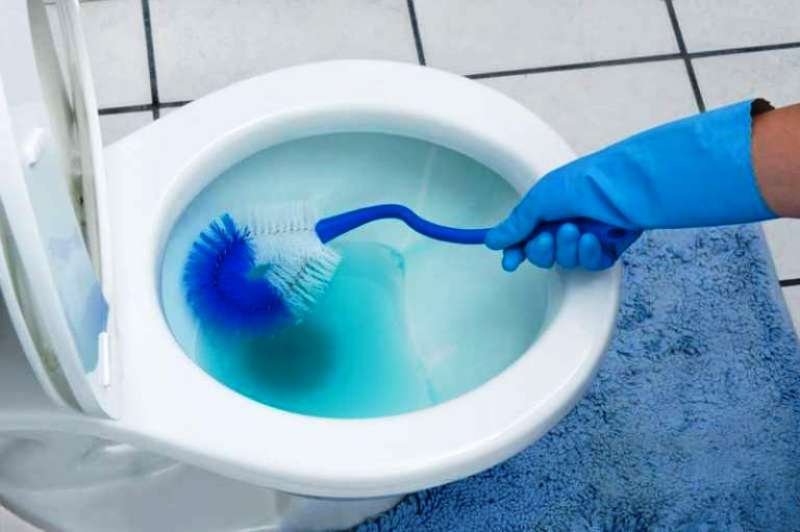The composition and methods of using whiteness
The first association at the thought of whiteness is a pungent smell and crisp clean linen. Most often, the substance is used precisely as a bleach for washing, without thinking about other methods of application. In fact, it is versatile and can replace a variety of chemicals in the home.

What is whiteness
A budget product, familiar from Soviet times, is a yellow-green liquid or gel with a pungent chlorine smell. Due to its specific smell, it is mistakenly called bleach. According to GOST 32478-2013 whiteness composition: water, NaOCl - 5% or more, but less than 15%, NaOH - less than 5%, surfactant less than 5%, flavorings. Antiseptic and whitening properties are provided by sodium hypochlorite (NaOCl), which consists of 95.2% active chlorine, and sodium hydroxide (NaOH). The bleach formula, in turn, consists of hypochlorite, calcium chloride and calcium hydroxide, a more caustic technical mixture, also known as bleach.

Types and characteristics of whiteness
Whiteness is a bleach that has been popular for generations. Like any chemical solution, it has advantages and disadvantages, which are summarized in the table below.
| pros | Minuses |
| A cheap, affordable and ready-to-use product.
Easily soluble, works in cold water In terms of effectiveness, it is not inferior to expensive antiseptics Versatile: suitable for cleaning various hard surfaces and washing (bactericidal and cleaning properties) |
It is allowed to wash only white cotton and linen fabrics
It has a shelf life of 12 months, but over time the effectiveness decreases as the chlorine evaporates. Decreases the strength of the fabric with prolonged soaking and exceeding the concentration. Not applicable for machine washing, as it has a destructive effect on its parts. Irritates the mucous membrane of the eyes and respiratory tract, requires compliance with safety measures. |

This bleach comes in several forms:
- A liquid aqueous solution in a plastic container with a volume of 1-5 liters is used for washing, disinfecting dishes and floors.

"Whiteness" copes well with the most problematic areas - plumbing, stove, sink and bath drains. - The gel consistency is convenient for cleaning plumbing fixtures, destroying mold. Available in 0.5, 0.7 and 1 liter plastic bottles.

The shelf life of "Whiteness" is 12 months, after a year the unused gel should be thrown away, as it will "fizzle out" anyway. - The powder does not contain sodium hypochlorite, so it is suitable for bleaching white and colored clothes when machine washable.

The product is only suitable for white cotton and linen fabrics. - The tablet form comes with and without chlorine. In the first case, 20 tablets replace 10 liters of an aqueous solution of whiteness, have a traditional universal application, in the second, only bleaching properties are present.

For bleaching with simultaneous washing in the machine, the preparation should be used with extreme caution.
Important! The chlorine content in the bleach makes it unsuitable for the care of colored, silk, woolen and synthetic products; it is not recommended to add it when washing children's linen.
Application methods
Due to its composition and characteristics, whiteness is widespread in everyday life and industry.
At home, it is used:
- As a laundry bleach. To achieve the result, boiling and prolonged soaking are not required.

- When cleaning and disinfecting premises. Suitable for tiles, metal, plastic, glass surfaces.

- Like a cleaning gel. Effectively removes plaque and dirt from plumbing, cleans pipes.

- To destroy the fungus. Aggressive composition inhibits the growth of fungal spores, effectively acts against black mold.

- For disinfection of trays of pets.

An unconventional method of application is the removal of burnt food debris from the bottom of the pan: the stain is poured over and left overnight. The method is safe, since drinking water is purified by the same active ingredient - sodium hypochlorite.

Designers take advantage of chlorine's ability to corrode paint and discolor clothing with whiteness.

In addition to the home, whiteness is used in other areas:
- In industry, it acts as an oxidizing agent for chemical production processes.
- In medicine for disinfection and sterilization of equipment and hospital wards.
- In agriculture and households for burning grass, moss, insect control, cleaning aquariums, animal and bird cages.
- In the food industry for the treatment of kitchen surfaces, dishes.
- For pool disinfection, water disinfection.

Additional Information. After thawing, the bleach retains its properties; storage at temperatures from -25 to +30 degrees is permissible.
Instructions for use
Whiteness is used as a bleach as follows:
To get rid of clothes from grayness and yellowness, they are diluted in cold or cool water (30-35 degrees) in a ratio of 2 tablespoons to 7-10 liters of liquid. The linen is soaked in this solution for 60 minutes. Stains are removed by spot application of undiluted substance for no more than 1 minute. After soaking and removing stains, clothes are thoroughly rinsed to avoid skin irritation, and then washed with ordinary powder.

Additional Information. When machine washable, make sure there is no prohibition on the use of chlorine-containing components. Add bleach directly to the drum and set to a wash with a low water temperature and an extra rinse.
It is more convenient to disinfect plumbing with a gel-consistency bleach, since it does not drain from the surface and has time to penetrate deeply into the pollution. Following the manufacturer's instructions, apply the whiteness in the form of a gel for 5-10 minutes, then rinse thoroughly. To clean the sewer, pour 1 liter of undiluted antiseptic into the toilet and leave it overnight, wash it off in the morning.

Due to the fact that the agent is effective against fat, it is used to clean and disinfect dishes and cutlery. To do this, the kitchen utensils must be left in a 10% solution of the product, after half an hour, rinse in running water and wipe dry.

When cleaning premises, we use a solution of the same concentration as for washing dishes - 100 ml of sterilizing agent per 1 liter of water or half a tablet per 5 liters of water.

Important! Do not use for laminate and acrylic bathtubs.
Harm to health from whiteness
The disinfector is corrosive and must therefore be used in accordance with the recommendations indicated on the label. Chlorine in its composition negatively affects a person:
- Its vapors irritate the respiratory tract, causing coughing, sneezing, and sore throat. This effect occurs when working in an unventilated room, but does not lead to severe poisoning.
- Redness of the eyes and conjunctivitis are also the consequences of contact with a chlorine-containing solution. When such signs appear, it is enough to rinse your eyes, rinse your throat, and go out into the fresh air.
- Children are most susceptible to burns of the esophagus and gastrointestinal tract when swallowing whiteness. Poisoning symptoms: nausea, vomiting of blood, headache, high fever. As a first aid, before the arrival of doctors, it is necessary to wash the stomach, gargle with the addition of raw egg white.
- A chemical burn is possible if it gets into the eyes, to avoid this, you must immediately rinse your eyes with running water, drip sodium sulfacyl eye drops. With cutting pain, qualified help is needed.
- Contact dermatitis, burning, redness are unpleasant consequences for the skin when working without gloves. Baking soda solution relieves itching and relieves the condition.

Note! Severe poisoning by inhalation of vapors is possible with an acute allergy to the components that make up the composition.
No agent with a bactericidal and whitening effect is absolutely harmless, for this reason, precautions must be taken when in contact with it:
- Keep out of the reach of children.
- Use protective gloves, a mask, and goggles when working.
- Do not mix with other chemicals.
- Ventilate the room.
- Change clothes after completing work.

What is whiteness concentrate
The concentrated product has three times more economical consumption. The difference is that the composition is more aggressive and dangerous, therefore it is more often used in the industrial sphere than in everyday life.

According to the instructions for the use of whiteness, its concentrate is diluted in a ratio of 5 ml per liter of water for preventive cleaning, 6 ml for sanitary washing, while soaking the linen, 0.35 ml is required. In its pure form, it is applicable for breaking through the sink drain: it is enough to pour a small amount of gel for 30 minutes.

Most of modern household chemicals have a limited spectrum of action, so dozens of bottles accumulate in the house: for dishes, a bathroom, a toilet bowl, a floor, glass and mirrors, washing clothes, and so on. They can be easily replaced by whiteness, since its active ingredient copes with various impurities, returns freshness to white things, cleans and disinfects.

The product is effective against scale, soap deposits, grease. In addition, the tool has an affordable price and is available in several forms; subject to safety measures, it does not pose a threat to others.

VIDEO: Whiteness bleach - how to use it correctly.





